Jude Morrow: Be a Hero for an Autistic Child - Understand Autistic Adults
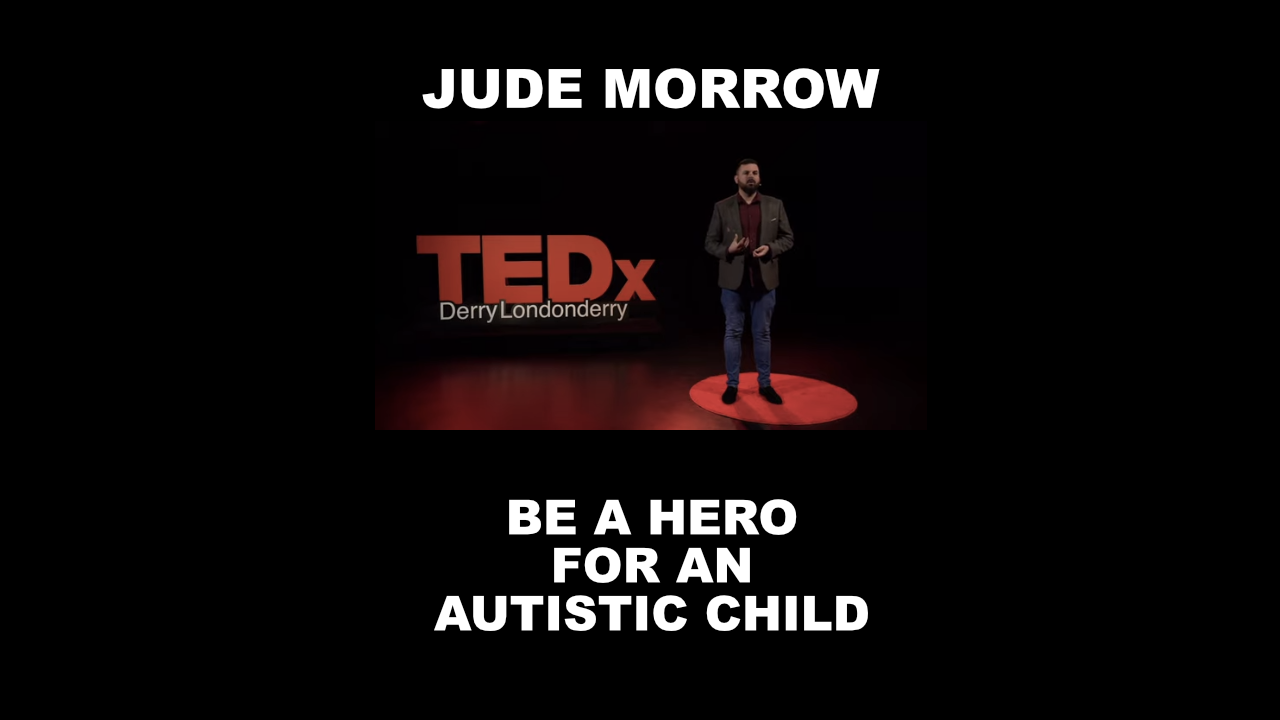
Jude Morrow shares his experience of being autistic from the lens of his childhood. Amazing insight into the real life experience of being autistic.
I've had long conversations with Jude. His ability to tell of his lived experience of autism in a way that is easy to relate to is incredible. While he does clearly explain how you can be a hero to an autistic child, an even bigger message is that being autistic is normal for us, not something to be squashed out of us.
If schools, providers, and parents all took the approach Jude recommends we would see a huge reduction in the employment challenges us autistics face. Building autistic adults who can function in the adult world starts by building confidence in what we can do well. Instead the medical community and well meaning, but misguided, neurotypical created and run community say we need to eliminate as many of these differences as we can so the child can have a normal life. Jude does an amazing job explaining that our life is norm...
The Revolving Door - Our experiences with practitioners ignorance and inaccessible health services

A wonderful guest post by Tas Kronby. Check out their Bio at the end of the post.
Trigger Warning: fictional description of a medical appointment, mention of hospitalization, mistreatment by mental professionals, mention of mental health diagnosis terms ie. anxiety, suicidal ideations, depression. Discussion of autism and the lack of awareness in the medical field.
Imagine for a moment you walk into a doctors office seeking medical attention for pain in your shoulder. You stand in line, check in, and the nurse takes you back to the exam room. You sit down on the cold examination table and they begin to ask questions. Health questions, maybe some small talk here and there. Finally, it happens. The moment of dread hits you when they ask, "What is your diagnosis?"
Why is this so terrifying? Often, the lack of awareness from physicians and other healthcare professionals leads to problematic treatments, lack of treatments, or even being invalidated because you have a developmental or ...
Update: Tim is alive and still very active in his autism efforts. Catch up a little with Tim

2020 has been a unique and unfortunately challenging year for much of the world. I know we are all dealing with different aspects of the unique events and especially COVID as it seems to be flaring up globally. I have had a little extra challenge from something many would consider the holy grail.
The company I was working for was acquired by Google and I am now a Google employee (AKA: Googler). Yes amazing opportunity and a culture of doing not talking. The challenge came from COVID-19. The day we moved to the Google payroll and became Googlers is the same day Google began their proactive efforts and canceled all none essential business travel, off-sites and other steps. Due to the size of the acquisition a lot of upper management effort was needed to fit an entire company into the organization and merge us into the Google processes and culture. Unfortunately this same people were suddenly busy on a huge range of efforts to keep the world connected and functioning as lockdowns increas...
Neuro Cloud & Neurodistinct, Neurodiversity Refined
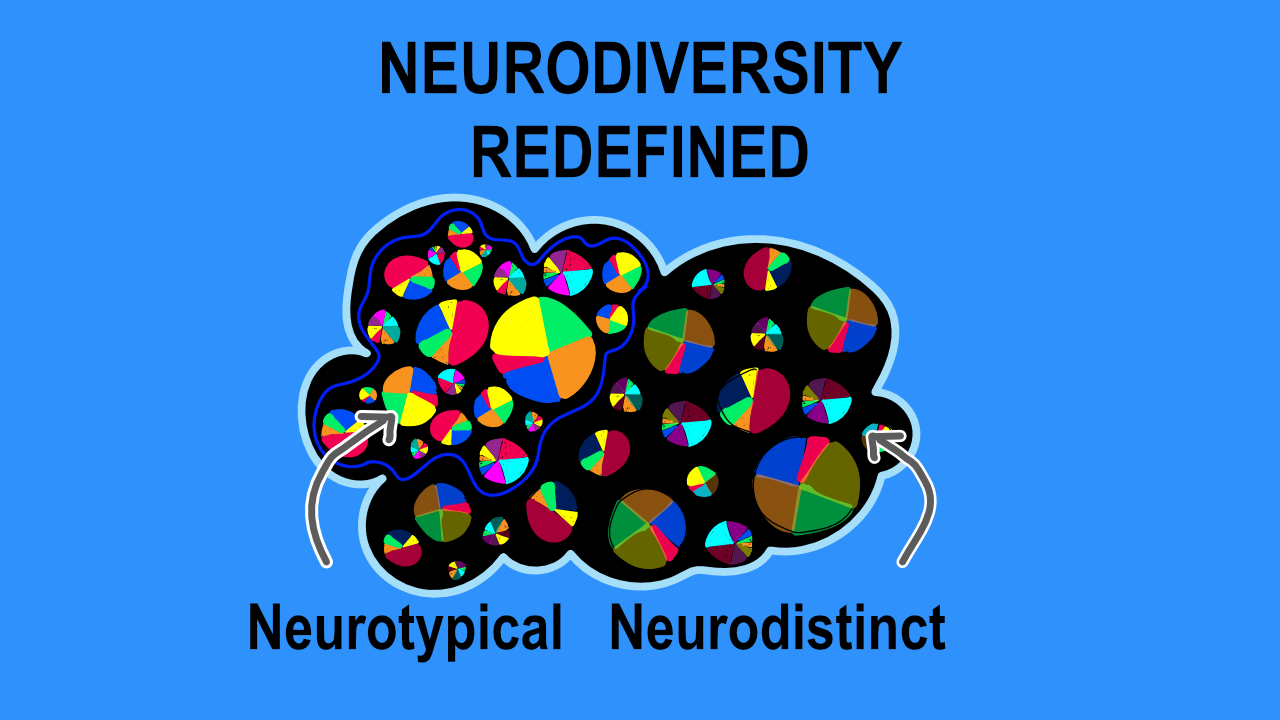
Australian social scientist Judy Singer coined the word "neurodiversity" in her theses paper. It was a great advance in viewing the relationship of an individual with certain traits or group of traits to the to the larger group, the maker of societal norms. Her concept uses terminology which, while appropriate in the academic setting of her work, is hard to approach for the average person, confusing in how the items fits in the whole, does not align with how we speak of other human capability challenges, and uses a word that make groups of people sound bad. Judy's concept has created a movement of seeing people with distinctly different perceiving, processing, and thinking patterns as normal human variation, not as broken human needing to be fixed to be "normal".
In science, concept mature and develop as others add to the idea. This has happened with neurodiversity as it has moved from academic discussion to real life identities. As with much science, the academic body of knowledge te...
Autism & Neurodiversity Terms as defined by Tim Goldstein, an autistic person
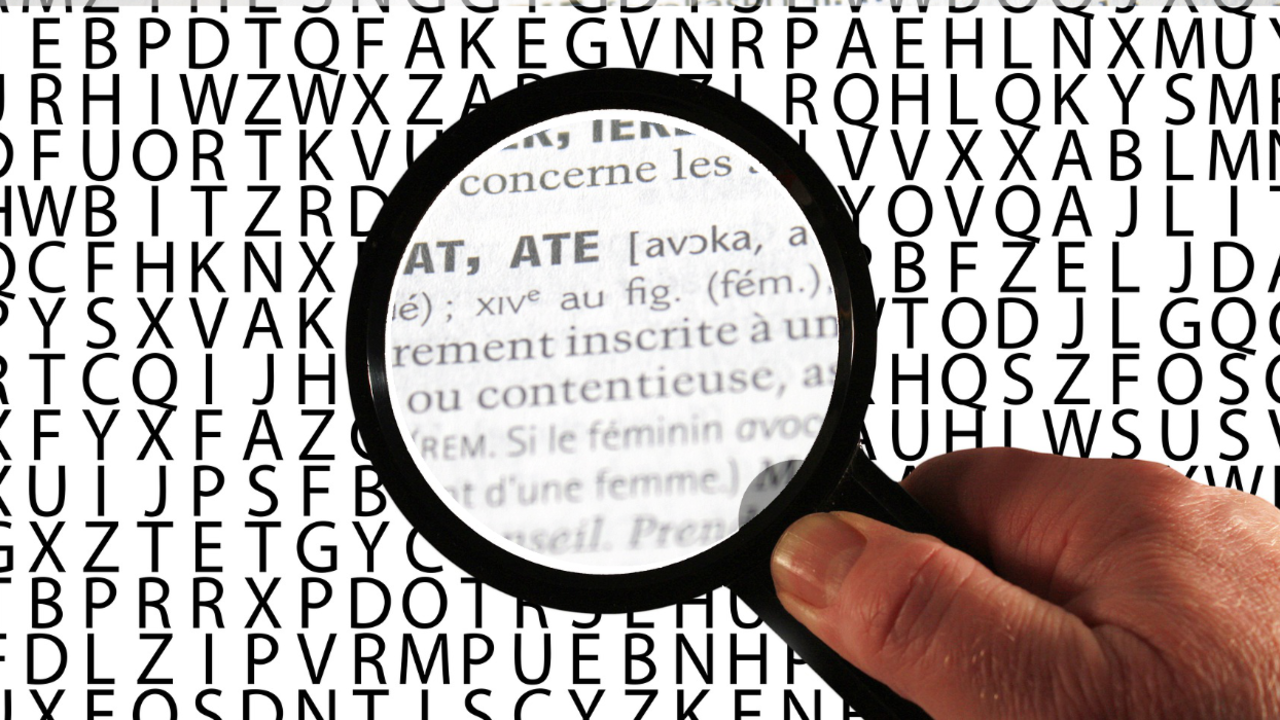
So many terms surrounding autism are confusing to start with. Then different groups try to make the terminology theirs and another definition joins the fray. Because most of the definitions you find are written by people who study autism they are often quite different from a definition of the same thing as seen from the perspective of an autistic person living it. Sort of the difference between knowing the chicken crosses the street and knowing why the chicken crosses the street. To bring the perspective of an adult with Asperger's I created this set of definitions to start with. I have updated this post with more clear definitions and utilize the Neuro Cloud™ terminology of Neurodistinct to indicate individuals or groups that are clearly distinct from Neurotypicals.
ASD
Abbreviation for Autism Spectrum Disorder. In the USA and much of the world mental health conditions are defined and diagnosed with the DSM (Diagnostic and Statistical Manual of Mental Disorders). In the newest vers...
"Why Does Daddy Look so Sad?" by Jude Morrow. Great Wisdom Whether Neurotypical or Neurodistinct
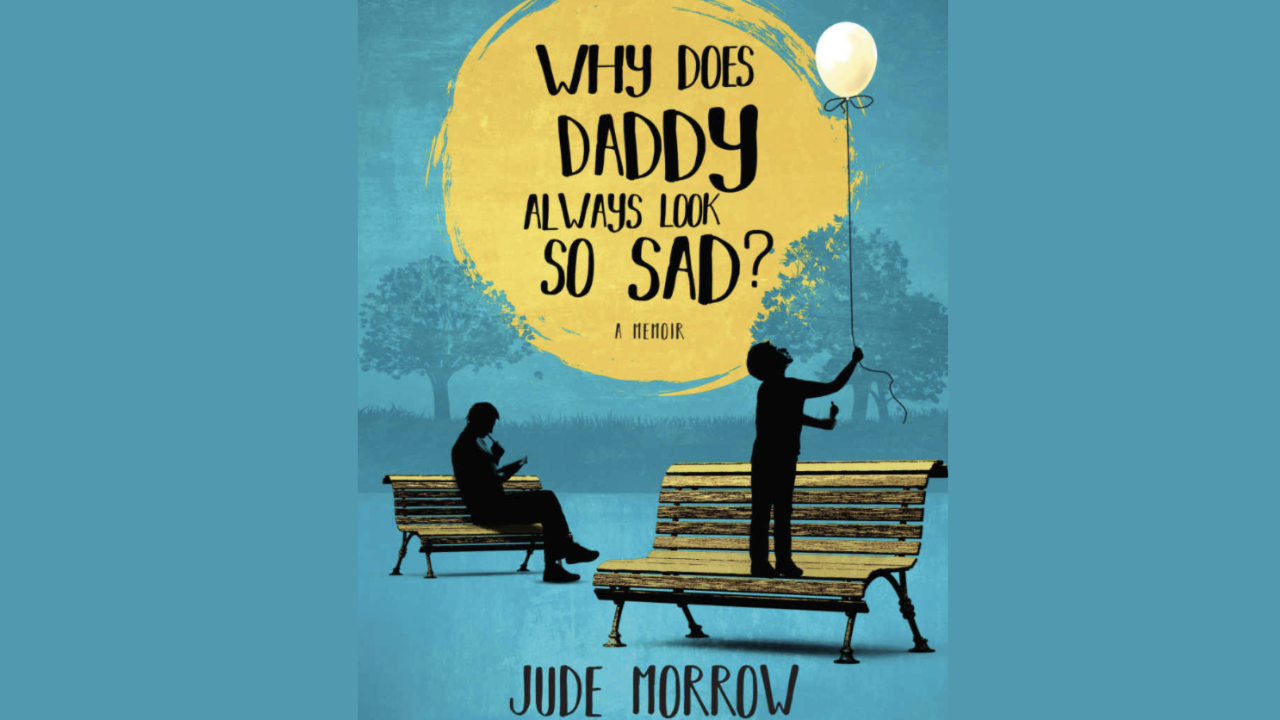
Just a quick mini review of Jude Marrow's book "Why Does Daddy Look so Sad?" So far I have only skimmed it and read sections of random chapters. I am already so impressed I felt it worth sharing initial impressions and thoughts.
Jude is autistic with a presentation which previously would have been called Asperger's. As is common with many of us bright autistic boys, poor social grace and diminished ability to sense and interpret emotion lead to disruptive behavior and being branded a trouble maker in school. Jude had a very different experience than I did with a 30 year more advanced school system. While I continued being treated as a bright trouble maker, Jude was give extra support. This became something which in adulthood both helped and hurt in dealing with his own autism.
Links to purchase the book on Amazon:
Why Does Daddy Look So Sad? by Jude Morrow - Paperback
Why Does Daddy Look so Sad? by Jude Morrow - Kindle
Jude had an event which made him recognize the need to face hi...
A personal statement from an autistic adult
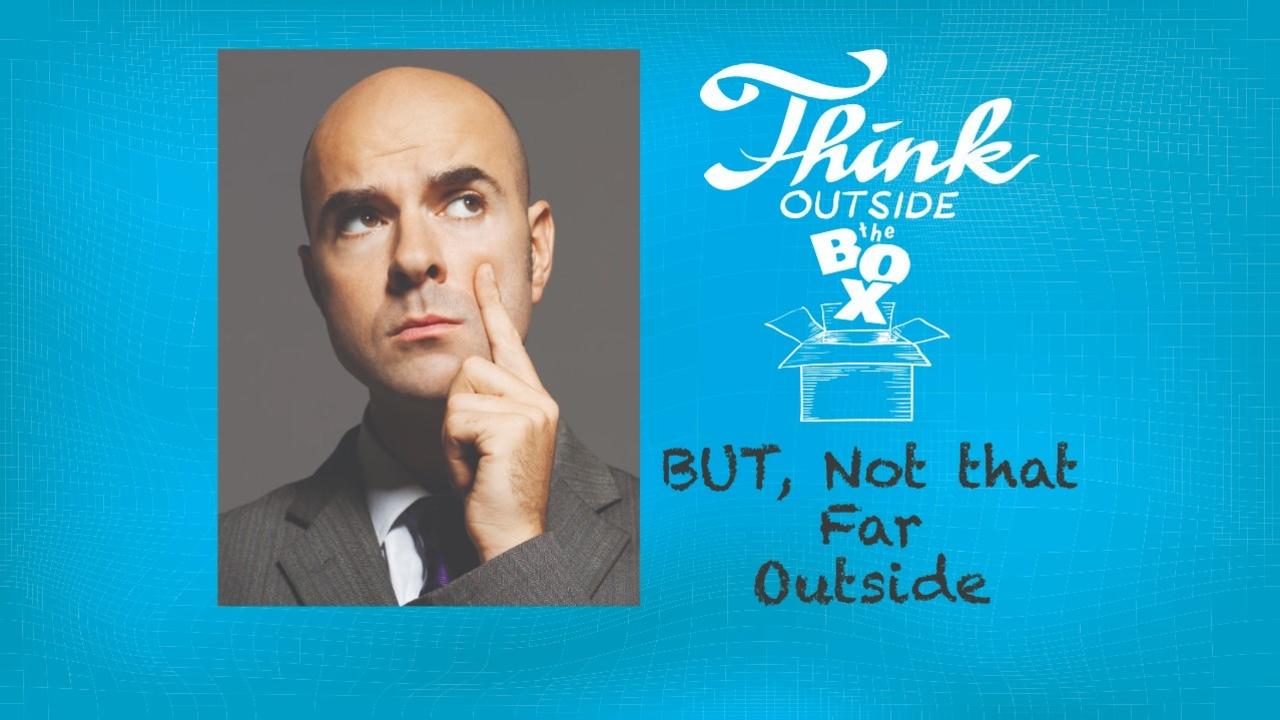
A friend shared this with me and I felt what he expressed was so accurate I asked if he would let me share it.
I spend a good deal of my working day and my personal time researching the topic of leadership, from working with academic faculty to develop new theory, to helping executive coaches and facilitators of leadership training assess if and what change their efforts are creating in organizations. This provides me with a lot of insight into the type of rhetoric used to motivate change in leaders. Examples of this rhetoric include: ‘be radically candid and verbalize your emotions; take risks and don’t live in fear; be a visionary and make your voice heard!’ Implicit to this rhetoric is the expectation that leaders have been granted the freedom to enact these socially non-normative behaviors. Employees, by contrast don’t have this freedom. If an employee speaks up too often in a meeting, even if highly respectful and choosing the right moments to offer insight, others may view that ...
Autistic Intent and Perceptions of Dubiousness : Guest Post

This is the first guest post I have put on my blog. I met Tacy on LinkedIn through our common interest of life as an autistic adult. Tacy shared this with me and I thought it does such a great job of conveying the world as some of us on the autism spectrum experience it, I asked if I could share it and am very appreciative the answer was yes.
Tim G
Autistic Intent and Perceptions of Dubiousness
By Tacy Traverso, The Autistic Wolf
www.facebook.com/autisticwolf
First, a quick story: One day, I was hanging out with a person I love, very much, and said person went to the fridge to grab some food to suffice for dinner. On the plate was a large pile of salami. I said “WOW, that’s a LOT of salami!” As it happens, this person has self-image challenges based on self-perception of weight. (Note, I hadn’t noticed a change in their weight, nor cared anyway.) After my comment, which I made because I had never seen that much salami on such a small plate before, the other person went quiet. After...
Autism at Work: Thoughts on Disclosing Autism, Aspergers, Neurodiversity

Disclosure is a complex subject. You don’t have to tell your co-workers. It is totally your choice and there are a number of areas to consider when making the choice. Even if you decide now is not the time you can always decide later it is the time. Following are some areas to consider and a few thoughts around them.
I believe the most important item to consider is the motivation and the potential benefits. I think motivation falls into a few categories, self-identity, understanding of co-workers about a large part of who you are which they may notice on their own, as a proactive approach to avoid negative interactions in the future, because it seems the right thing to do, to allow you to advocate for autistic adults openly, or any of a range of personal reasons. I don’t think the reason is of great importance on its own, but I think a solid assessment whether disclosing will accomplish the object. Some reasons take more thought than others to truly evaluate. Take self-identity. If l...
Tips for Managing the Challenging and Talented Tech Worker Advocate Version

When I initially created the management and co-worker tip sheets I had in mind using them as training aids for managers and co-workers of the talented and challenging or autistic leaning worker. But in discussion with Dr Dave Caudel Executive Director of Vanderbilt's Frist Center for Autism and Innovation he suggested it could become a great self advocate resource with a few tweaks.
Can't thank Dr Dave enough as it is a great idea. I now have 2 versions of the tip sheet. The original training version and this self advocate version that Claire from the Frist Center helped me refine are both available. The original is in this blog post: 10 Advanced Management Tips
Here is a very short video explaining how to use the self advocate versions of the tip sheets. Same idea applies to all versions but be sure to tailor your communication to the particular audience. There is a download link for the full size document below the image of the tip sheet.

Download a pdf full size version HERE